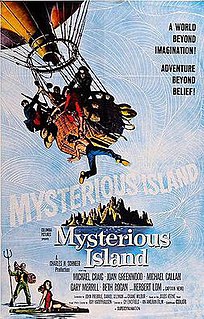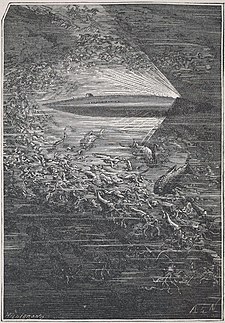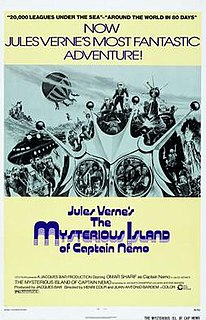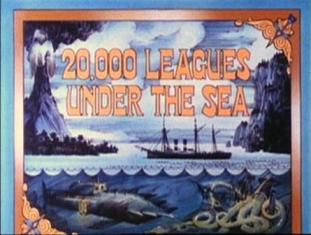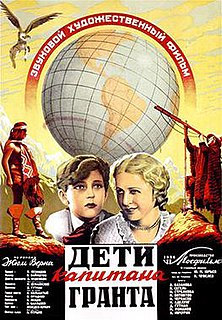| Tom Ayrton | |
|---|---|
| Voyages Extraordinaires character | |
Ayrton in Les Enfants du capitaine Grant | |
| First appearance | Les Enfants du capitaine Grant (1868) |
| Last appearance | L'Île mystérieuse (1874) |
| Created by | Jules Verne |
| Information | |
| Gender | Male |
| Occupation | Quartermaster |
| Nationality | Scottish |
Tom Ayrton is a fictional character who appears in two novels by French author Jules Verne. He is first introduced as a major character in the novel In Search of the Castaways (1867–1868). He then reappears in a later novel, The Mysterious Island (1874), in which his fate, left unknown at the ending of the previous novel, is resolved, and during the course of which his character undergoes change and achieves a redemption. [1] [2]

Jules Gabriel Verne was a French novelist, poet, and playwright.

In Search of the Castaways is a novel by the French writer Jules Verne, published in 1867–1868. The original edition, published by Hetzel, contains a number of illustrations by Édouard Riou. In 1876, it was republished by George Routledge & Sons as a three volume set titled A Voyage Round The World. The three volumes were subtitled South America, Australia, and New Zealand. As often with Verne, English translations have appeared under different names; another edition has the overall title Captain Grant's Children and has two volumes subtitled The Mysterious Document and Among the Cannibals.
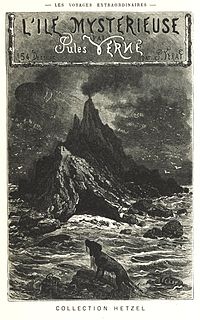
The Mysterious Island is a novel by Jules Verne, published in 1874. The original edition, published by Hetzel, contains a number of illustrations by Jules Férat. The novel is a crossover sequel to Verne's famous Twenty Thousand Leagues Under the Sea and In Search of the Castaways, though its themes are vastly different from those books. An early draft of the novel, initially rejected by Verne's publisher and wholly reconceived before publication, was titled Shipwrecked Family: Marooned With Uncle Robinson, seen as indicating the influence of the novels Robinson Crusoe and The Swiss Family Robinson. Verne developed a similar theme in his later novel, Godfrey Morgan.






